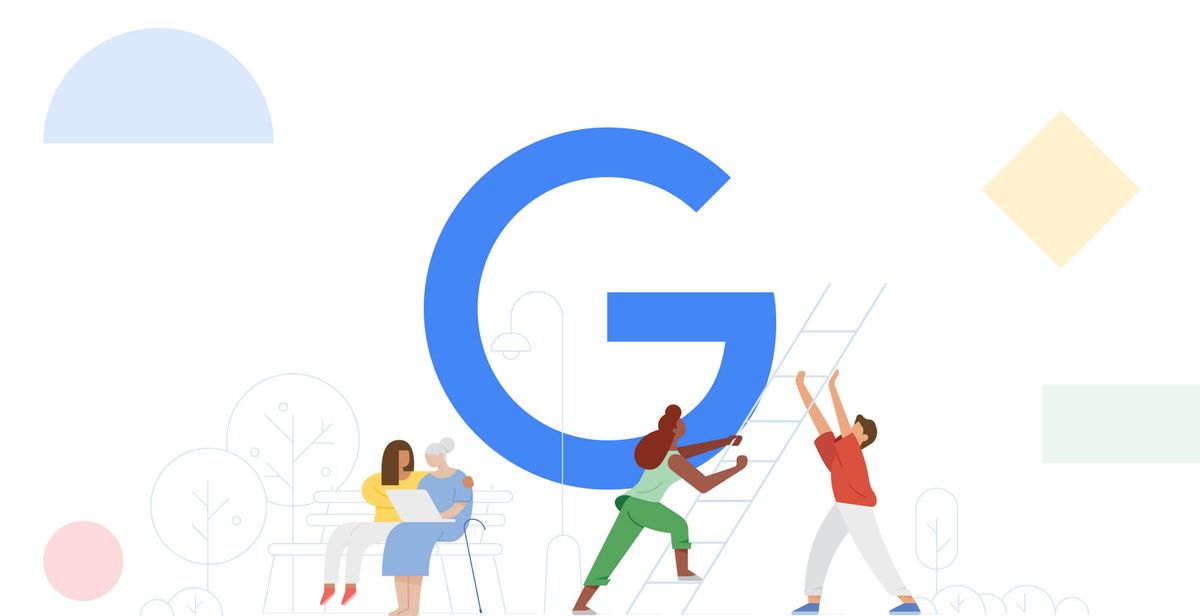
Following recent updates from Inflection, Anthropic, and OpenAI, Google today announced a significant update to its AI assistant Bard. The company's experimental AI chatbot is now available in over 40 new languages. Users can now listen to Bard's responses read aloud, easily adjust reply length and tone, seamlessly share conversations, add images to visual prompts, and more.
The latest update comes as competition among leading conversational AI apps heats up. OpenAI recently released Code Interpreter for ChatGPT, which allows it to analyze data, create charts, solve math problems and edit files among other advanced capabilities. Anthropic recently launched Claude 2 and debuted a brand new chat experience which supports document uploads and a 100,000 word context window, far exceeding Bard and ChatGPT. Meanwhile, Inflection AI upgraded its Pi chatbot with the ability to have back-and-forth voice conversations.
ChatGPT, despite its runaway popularity, saw slowing growth in monthly traffic and unique visitors for the first time ever in June according to web analytics firm Similarweb. This potential slowing in momentum for the category leader could open the door for rivals like Bard as they continue to add features and differentiate themselves.
Here are the release notes from Bard's latest update:
Bard is available in new places and languages
- What: Bard is now available in over 40 new languages including Arabic, Chinese (Simplified/Traditional), German, Hindi, Spanish, and more. We have also expanded access to more places, including all 27 countries in the European Union (EU) and Brazil.
- Why: Bard is global and is intended to help you explore possibilities. Our English, Japanese, and Korean support helped us learn how to launch languages responsibly, enabling us to now support the majority of language coverage on the internet.
Google Lens in Bard
- What: You can upload images alongside text in your conversations with Bard, allowing you to boost your imagination and creativity in completely new ways. To make this happen, we’re bringing the power of Google Lens into Bard, starting with English.
- Why: Images are a fundamental part of how we put our imaginations to work, so we’ve added Google Lens to Bard. Whether you want more information about an image or need inspiration for a funny caption, you now have even more ways to explore and create with Bard.
Bard can read responses out loud
- What: We’re adding text-to-speech capabilities to Bard in over 40 languages, including Hindi, Spanish, and US English.
- Why: Sometimes hearing something aloud helps you bring an idea to life in new ways beyond reading it. Listen to responses and see what it helps you imagine and create!
Pinned & Recent Threads
- What: You can now pick up where you left off with your past Bard conversations and organize them according to your needs. We’ve added the ability to pin conversations, rename them, and have multiple conversations going at once.
- Why: The best ideas take time, sometimes multiple hours or days to create. Keep your threads and pin your most critical threads to keep your creative process flowing.
Share your Bard conversations with others
- What: We’ve made it easier to share part or all of your Bard chat with others. Shareable links make seeing your chat and any sources just a click away so others can seamlessly view what you created with Bard.
- Why: It’s hard to hold back a new idea sometimes. We wanted to make it easier for you to share your creations to inspire others, unlock your creativity, and show your collaboration process.
Modify Bard’s responses
- What: We’re introducing 5 new options to help you modify Bard’s responses. Just tap to make the response simpler, longer, shorter, more professional, or more casual.
- Why: When a response is close enough but needs a tweak, we’re making it easier to get you closer to your desired creation.
Export Python code to Replit
- What: We’re continuing to expand Bard’s export capabilities for code. You can now export Python code to Replit, in addition to Google Colab.
- Why: Streamline your workflow and continue your programming tasks by moving Bard interactions into Replit.

